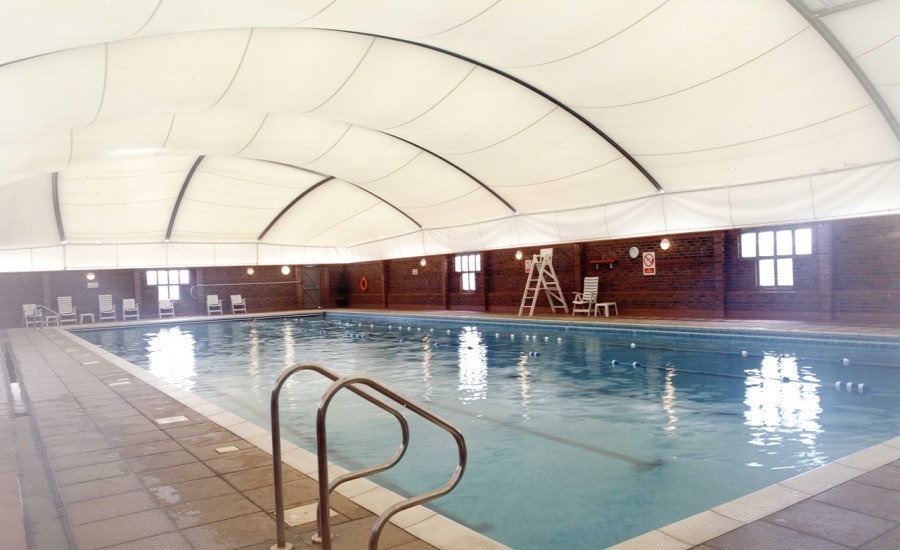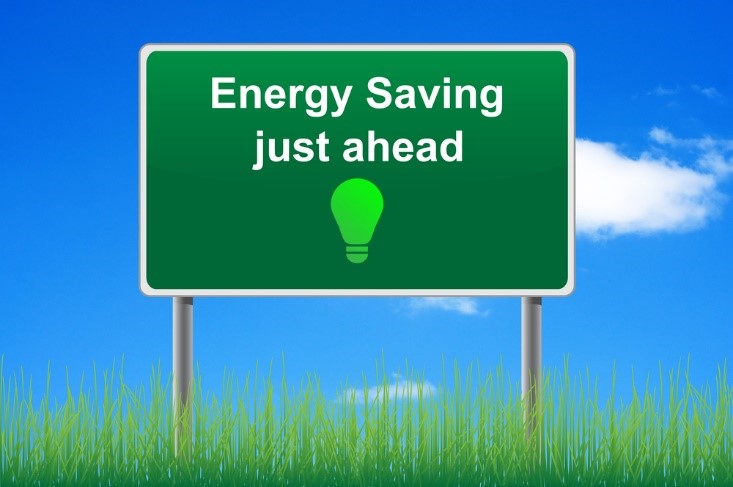
Sports facilities work hard, whether it’s ventilation, heating or air conditioning. Ventilation is important for providing fresh air, removing moisture and helping to reduce condensation. In swimming pool areas, air conditioning and ventilation are vital to maintain the correct temperature. Air conditioning is used to reduce the heat produced by people and equipment. This use of ventilation and air conditioning uses a great deal of energy, especially if operating 24 hours a day, every day of the year.

If those systems aren’t maintained well, they can use as much as 60% more energy than they should, making them costly and more prone to breaking down. It’s crucial that regular maintenance keeps on top of issues such as dirt in the fans, air ducts and other components that make the systems less efficient. Here are some other ways you can increase the efficiency of your facility:
Lighting – As much as 20% of the total cost of energy for sports facilities is spent on lighting. The smallest changes can make all the difference. Making the most of natural lighting is important and windows, glass rooftops and transparent fabric roofing can mean there is little need to put any lights on during the day. Popular for sports facilities is having a Fabric Roof structure installed, over pools or sports pitches. These provide wide open spaces and natural day light diffusing benefits. For more information, visit Tensile Fabric Structures company, Spatial Structures.
Swimming pools – The heating and ventilating of pools can take up to 65% of the total energy of a sports facility. It’s important to heat the water to only the recommended temperatures and use a pool cover, which can reduce energy wastage by 10 to 30%. Overheating will not only cost more but also risks increasing the amount of condensation to deal with, resulting in damage to the building’s fabric.

Electronic equipment – Electronic equipment can generate a lot of heat through the large amounts of power they consume. To overcome this, air conditioning is often put on full blast, meaning doubling your energy usage. Maintenance is vital, as is keeping moving parts free from dust and dirt and carrying out regular maintenance.
Timers and plug-ins are a useful tool for lights and electronic gym equipment so they can be programmed to turn off overnight and at low-use times throughout the day.
Surprisingly, around 65% of heat in your business is lost through the building. This figure depends on various factors including outside temperature, insulation levels and the fitting of doors and windows. Always stay on top of repairs, don’t leave gaps or holes in walls or doors. A tensile fabric structure has the additional benefits of being both well insulated and very durable. A quarter of heat can be lost through inadequate insulation in the roof so insulation in the roof must be much thicker than elsewhere.
